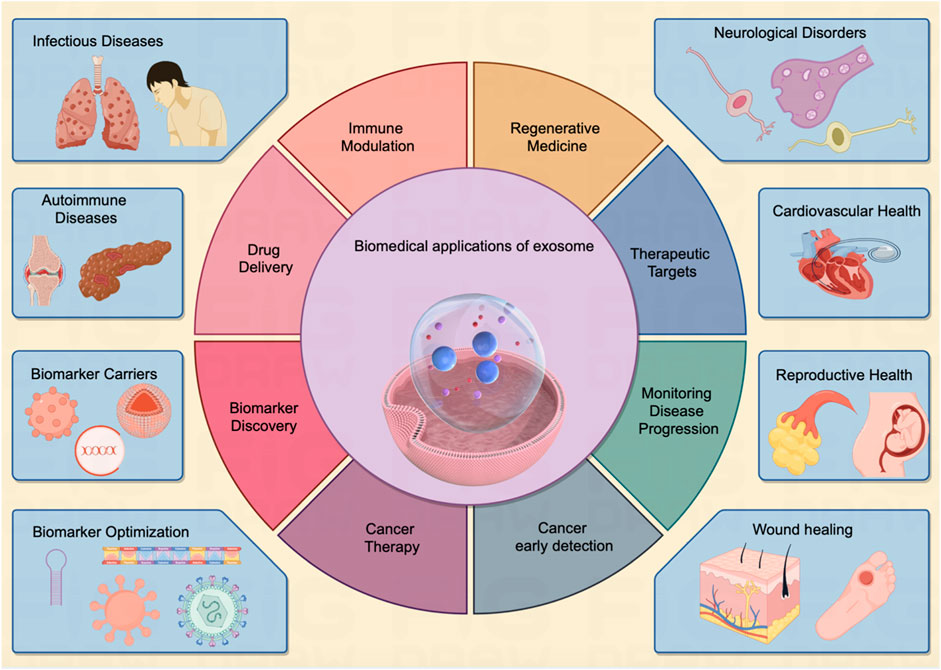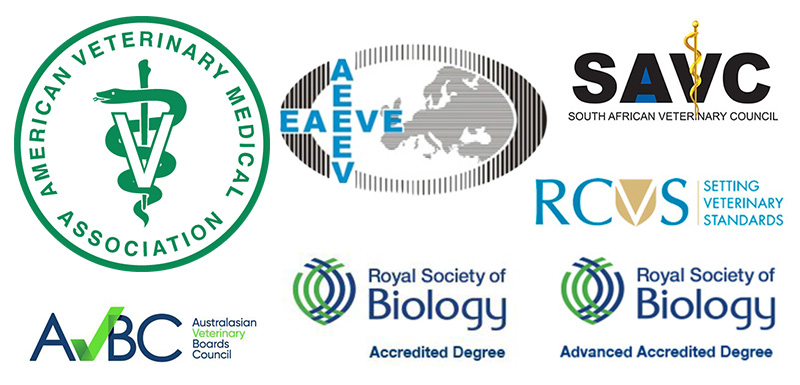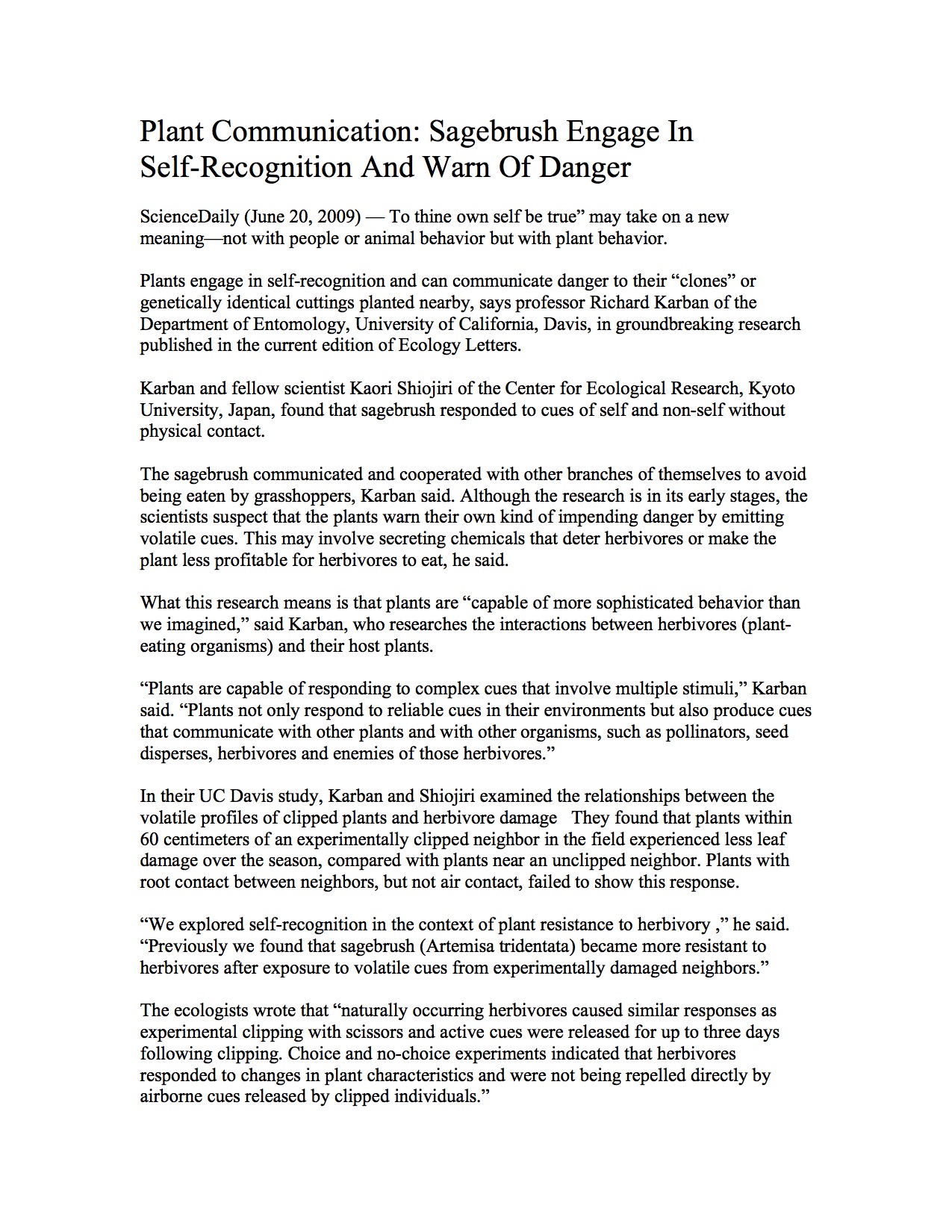Report on Sexual and Reproductive Health for Women with Disabilities in Africa and the Sustainable Development Goals
Introduction: Aligning SRH with Global Development Agendas
Despite global efforts, women with disabilities in Africa face significant challenges in accessing sexual and reproductive health (SRH) services, a reality that impedes progress toward several Sustainable Development Goals (SDGs). The denial of their rights to contraception and essential health information perpetuates cycles of marginalization and vulnerability. This report analyzes the intersection of disability and SRH, framing the issue within the context of the global development agenda.
- SDG 3 (Good Health and Well-being): The lack of access to SRH services directly contravenes Target 3.7, which aims to ensure universal access to sexual and reproductive health care. This gap leads to avoidable health issues, including unintended pregnancies, unsafe abortions, and increased risk of HIV.
- SDG 5 (Gender Equality): Denying women with disabilities the autonomy to make informed reproductive choices undermines Target 5.6. It reinforces gender inequality by limiting their control over their own bodies and futures.
- SDG 10 (Reduced Inequalities): The systemic barriers faced by this group highlight the inequalities that Target 10.2 seeks to eliminate. Achieving SRH equity is fundamental to the social and economic inclusion of persons with disabilities.
- SDG 4 (Quality Education): Limited education is a key driver of poor SRH outcomes, demonstrating the need for inclusive education as outlined in Target 4.7 to empower individuals with essential health knowledge.
Research Methodology and Scope
The analysis is based on Demographic and Health Survey (DHS) data from 10 African countries: Chad, the Democratic Republic of Congo (DRC), Kenya, Malawi, Mali, Mauritania, Nigeria, Rwanda, South Africa, and Uganda. The study included a total of 16,157 women with disabilities aged 15 to 49, selected for having at least one functional difficulty with seeing, hearing, speaking, or walking.
Data Analysis
Advanced statistical methods, including Bayesian inference and spatial modelling, were used to assess two primary indicators:
- Level of sexual health knowledge (categorized as poor, moderate, and good).
- Use of modern contraceptives (yes/no).
The objective was to map regional disparities and identify factors influencing access, providing an evidence base for policies aligned with the SDGs.
Key Findings: A Crisis in SRH Access and Knowledge
The research reveals a profound deficit in SRH knowledge and contraceptive uptake among women with disabilities, indicating a failure to meet fundamental SDG targets for this population.
National-Level Disparities
- Sexual Health Knowledge: Levels are critically low. In Nigeria, only 3% of women with disabilities demonstrated basic SRH knowledge. The highest recorded figure was in Uganda, at a modest 27%.
- Modern Contraceptive Use: Uptake is similarly insufficient. The DRC reported a usage rate of just 1%, while Uganda, again the highest, reached only 27%.
Regional Hotspots and Contributing Factors
Spatial analysis identified significant variations. The nations with the most severe combined deficits in knowledge and contraceptive use are:
- Mauritania
- Nigeria
- Uganda
- Chad
- The Democratic Republic of Congo
In contrast, Kenya, Malawi, Mali, South Africa, and Rwanda demonstrated a stronger link between SRH knowledge and contraceptive use. Key determinants of access include education level, marital status, geographic location (rural vs. urban), community literacy, and wealth—all factors central to achieving SDGs 1, 4, and 10.
Recommendations for Policy and Programmatic Intervention
To address these findings and accelerate progress on the SDGs, targeted and multi-faceted interventions are required to dismantle structural, economic, and socio-cultural barriers.
Targeted Interventions
Resources should be prioritized for geographic hotspots and vulnerable populations, including women with disabilities who are:
- Uneducated or with no formal schooling (a failure of SDG 4).
- Unmarried.
- Living in rural communities.
- From low-literacy and low-income areas (a failure of SDG 1 & 4).
- Younger in age.
Policy Framework for Inclusive SRH
To achieve SDG 3, 5, and 10, policymakers must implement the following:
- Inclusive Sexual Health Education: Develop and disseminate SRH information in accessible formats such as Braille, sign language, and audio materials, in line with the principles of SDG 4.
- Accessible Healthcare Services: Integrate disability-friendly services within primary healthcare systems and provide subsidized or free contraceptive options to overcome economic barriers.
- Community-Based Outreach: Launch tailored outreach programs for women with disabilities and engage community and religious leaders to challenge stigma and promote inclusion.
- Strengthened Policy Frameworks: Enact and enforce policies that guarantee universal healthcare access, explicitly protecting the rights of persons with disabilities.
Analysis of SDGs, Targets, and Indicators
1. Which SDGs are addressed or connected to the issues highlighted in the article?
-
SDG 3: Good Health and Well-being
The article’s primary focus is on the sexual and reproductive health of women with disabilities, including their limited access to contraception and the resulting health issues like “unintended pregnancies, unsafe abortions and increased risk of HIV.” This directly aligns with the goal of ensuring healthy lives and promoting well-being for all.
-
SDG 5: Gender Equality
The article highlights how “gender inequality” is a driving factor behind the lack of access to services. It emphasizes that women with disabilities are “denied the autonomy to make informed reproductive choices” and that their “rights are often overlooked,” which are core concerns of SDG 5.
-
SDG 10: Reduced Inequalities
The central theme is the disparity faced by a specific vulnerable group. The article states that the lack of access “worsens health inequalities and reinforces cycles of marginalisation and vulnerability” for women with disabilities. It calls for addressing structural barriers and promoting inclusion, which is the essence of SDG 10.
-
SDG 4: Quality Education
The article identifies “limited education” and “community literacy” as key factors affecting access to reproductive health services. It finds that women who are “uneducated or with no formal schooling” are particularly vulnerable and recommends “inclusive sexual health education” as a crucial part of the solution.
-
SDG 1: No Poverty
Poverty is cited as a fundamental driver of the challenges faced by these women. The analysis points to “low-income areas” as hotspots of vulnerability and recommends “subsidised or free contraceptive options,” linking the issue directly to economic status and the goal of eradicating poverty.
2. What specific targets under those SDGs can be identified based on the article’s content?
-
SDG 3: Good Health and Well-being
- Target 3.7: “By 2030, ensure universal access to sexual and reproductive health-care services, including for family planning, information and education…” The entire article is a direct examination of the failure to meet this target for women with disabilities in Africa, focusing on their lack of access to “modern contraceptives” and “sexual health knowledge.”
- Target 3.3: “By 2030, end the epidemics of AIDS… and other communicable diseases.” The article mentions that lack of access can lead to an “increased risk of HIV,” connecting the issue to this target.
-
SDG 5: Gender Equality
- Target 5.6: “Ensure universal access to sexual and reproductive health and reproductive rights…” This target is explicitly relevant as the article discusses how women with disabilities are “denied the autonomy to make informed reproductive choices” and their “rights are often overlooked.”
-
SDG 10: Reduced Inequalities
- Target 10.2: “By 2030, empower and promote the social… inclusion of all, irrespective of… disability…” The article’s focus on the exclusion of women with disabilities from essential health services and information is a clear link to this target.
- Target 10.3: “Ensure equal opportunity and reduce inequalities of outcome…” The article points to a “deep gap in access” and calls for addressing “structural, economic and socio-cultural barriers” and implementing “policy frameworks that ensure everyone can get healthcare,” which aligns with this target.
-
SDG 4: Quality Education
- Target 4.5: “By 2030, eliminate gender disparities in education and ensure equal access to all levels of education… for the vulnerable, including persons with disabilities…” The article identifies a lack of education as a key vulnerability and recommends “inclusive sexual health education” using accessible formats like “braille, sign language and audio materials.”
3. Are there any indicators mentioned or implied in the article that can be used to measure progress towards the identified targets?
-
Directly Mentioned Indicators:
- Use of modern contraceptives: The study explicitly measures “modern contraceptive use” among women with disabilities, providing percentages for different countries (e.g., “only 1% of women with disabilities in the Democratic Republic of Congo reported using them”). This serves as a direct indicator for Targets 3.7 and 5.6.
- Level of sexual health knowledge: The research assessed women’s “level of sexual health knowledge,” categorizing it as “poor, moderate, and good.” The finding that “only 3% demonstrated basic sexual health knowledge” in Nigeria is a quantifiable indicator for the information and education component of Target 3.7.
-
Implied Indicators:
- Data disaggregation by disability: The study’s methodology of analyzing data specifically for “women who reported having at least one functional difficulty” implies the use of disability-disaggregated data, which is a key indicator for measuring progress under SDG 10.
- Availability of accessible information: The recommendation for “inclusive sexual health education using formats like braille, sign language and audio materials” implies that the availability and use of such materials is a measurable indicator of progress.
- Prevalence of negative health outcomes: The article mentions “unintended pregnancies, unsafe abortions and increased risk of HIV” as consequences. The rates of these outcomes among women with disabilities can serve as indirect indicators of the lack of access to services.
- Proportion of disability-friendly services: The call for “disability-friendly services within primary healthcare systems” suggests that the proportion of healthcare facilities meeting accessibility standards is a relevant indicator.
4. Table of SDGs, Targets, and Indicators
| SDGs | Targets | Indicators Identified in the Article |
|---|---|---|
| SDG 3: Good Health and Well-being | Target 3.7: Ensure universal access to sexual and reproductive health-care services, including for family planning, information and education. |
|
| SDG 5: Gender Equality | Target 5.6: Ensure universal access to sexual and reproductive health and reproductive rights. |
|
| SDG 10: Reduced Inequalities | Target 10.2: Empower and promote the social inclusion of all, irrespective of disability. |
|
| SDG 4: Quality Education | Target 4.5: Ensure equal access to all levels of education for the vulnerable, including persons with disabilities. |
|
Source: theconversation.com







